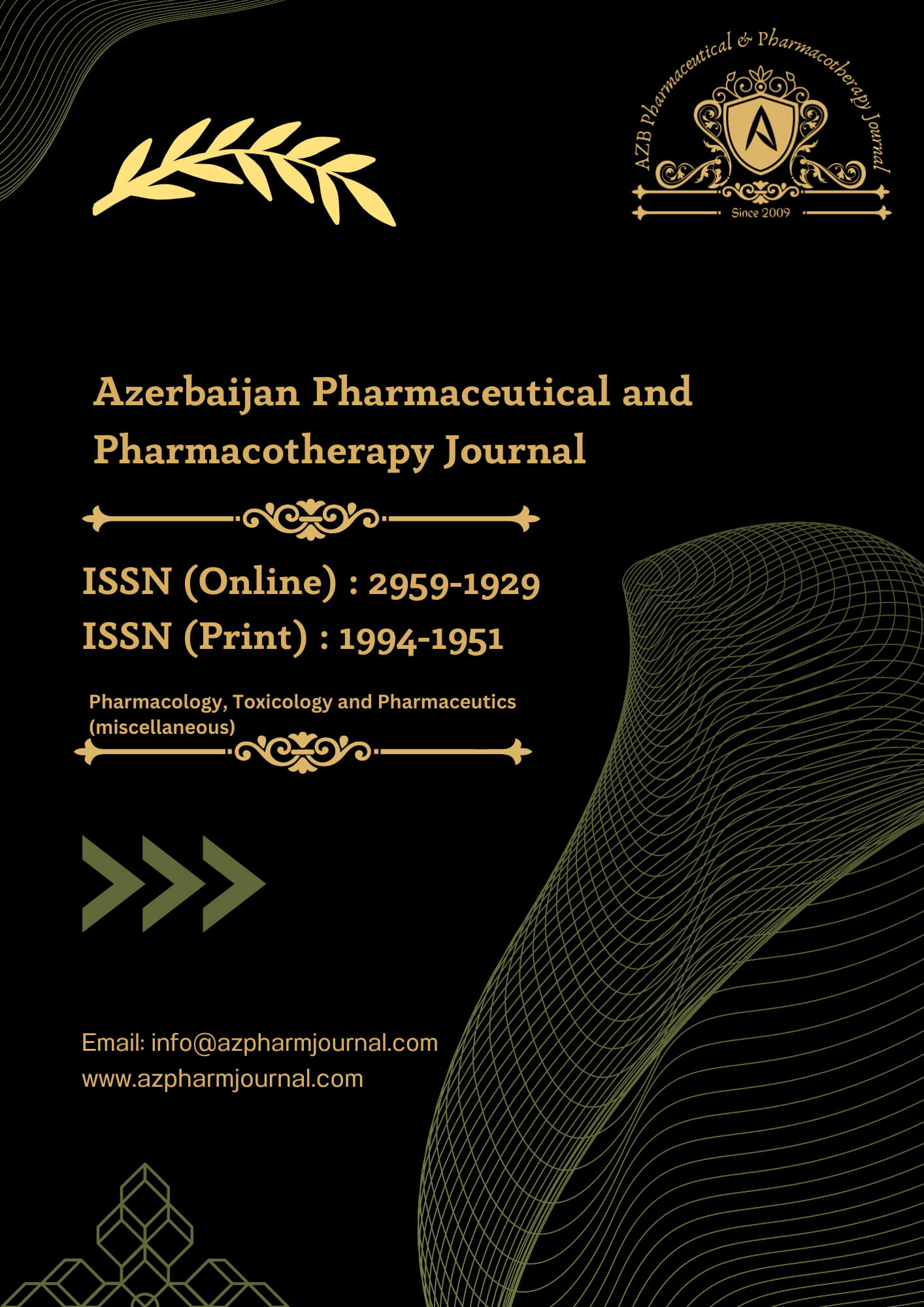6. Discussion
Uterine fibroids are among the most frequent tumors in a woman’s reproductive system, affecting their health, quality of life quality, and fertility [30,31].
In recent years, a relatively new method of treating uterine fibroids - endovascular embolization of the uterine arteries (UAE) - has entered clinical practice as a minimally invasive technique for treating uterine fibroids and maintaining fertility. Many institutions approve of this procedure. Technical mistakes are rare, and the process is rarely repeated [32,33]. Given the different outcomes in the UAE, there is no risk of long-term consequences [34]. There are different agents and methods available for embolization, but the effectiveness of embolization is still under debate [24,33,35]; therefore, in this work, we aimed to assess the effectiveness of atmospheres as an embolizing agent in the treatment of symptomatic uterine fibroids, a total of 17 Iraqi women were eligible for UAE and enrolled in this study, majority of the patients were older than 30 years with a median age of 40, this is expected as the majority of uterine fibroid patients diagnosed after the age of 30s [12,36].
Among the studied group, more than two-thirds had a single fibroid. However, the median number of fibroids before UAE was five and reduced to only 2 after UAE; these findings agreed with that reported by Keung et al. [37], who found a significant reduction in several fibroids of 6 before UAE.
In the current study, the size of fibroids decreased significantly after UAE compared to its baseline (before UAE) values; this indicated the effective UAE procedure in general by reducing the size of the fibroids; furthermore, fibroids totally disappeared in 3 patients (17.6%). Nonetheless, two patients did not get the benefit. On the other hand, the overall outcome after UAE was good enough to be considered, where 12 patients had decreased fibroid size and were better and satisfied with this procedure result; interestingly, three women got pregnant after UAE. Nonetheless, 2 patients had no change. These findings are close to those reported in previous studies that used the biosphere as an embolizing agent; Abramowitz et al. [35] compared the atmosphere to other agents and found that the Embosphere resulted in a significant reduction in uterine volume and size of uterine fibroid.
Another study by Vaidya et al. [24] compared different embolizing agents and found that UAE is a safe technique and atmosphere is an excellent agent with good outcomes. In their retrospective study compared atmosphere with Beadblock in 70 and 55 patients, respectively, their clinical assessment showed improvement in their symptoms in both groups; follow MRI revealed no significant difference between these two agents in reduction of uterine volume or fibroid size, where both agent result in good reduction in volume and size after UAE, however, reduction in residual enhancement occurred in 16% of biosphere group, which close to our findings.
Liaw et al. [38] reported no significant difference between the traditional atmosphere and end EmboGold regarding symptoms and patient satisfaction. Both agents improved the outcome significantly when used in UAE.
Keung et al. [37] included biosphere and three other agents and compared their effectiveness as embolizing agents; Abramowitz et al. [35] documented that bead block and Contour SE were better than atmosphere about the degree of infarction at MRI follow up. Earlier studies have assessed the differences between embolic comparing pre and post-embolization enhancement. In our study, we did so. However, there was a change in enhancement after embolization, but it did not reach statistical significance, which could be attributed to the small sample size [28].
Fortunately, no serious adverse effects or complications were reported among our patients, and good outcomes were obtained regarding improvement in clinical symptoms, patient satisfaction, and fertility; this reflects the effectiveness and safety of UAE with embosphere in treating Uterine fibroid. However, the only limitation in our study attributed to the lack of a control group using other agents; this was due to performing this study in only one center; however, further studies using multiple centers and a larger sample size could resolve this issue.
